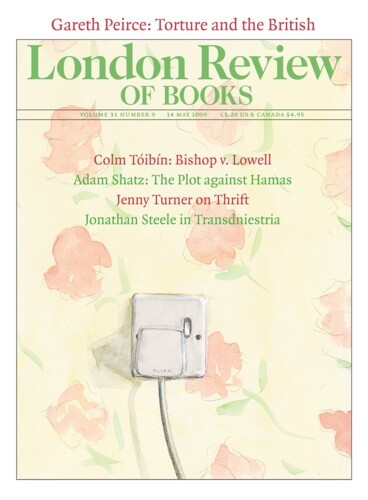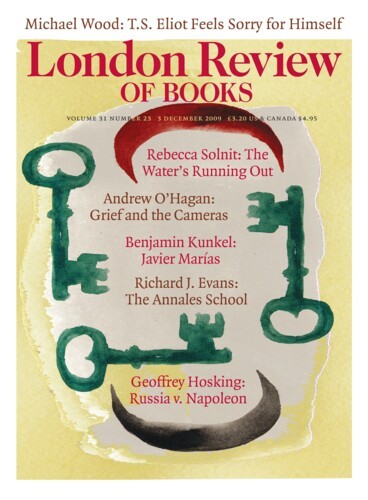Diary: Chechnya
Tony Wood, 22 March 2007
The drive to Grozny from Nazran, in neighbouring Ingushetia, takes about an hour and a half. We speed past a cluster of Russian soldiers at the roadside while we are still in Ingushetia; shortly afterwards two Mi-8 helicopters come barrelling overhead at low altitude – signs of continuing military operations, in this ‘post-conflict zone’. The Kavkaz-1 checkpoint on the...





